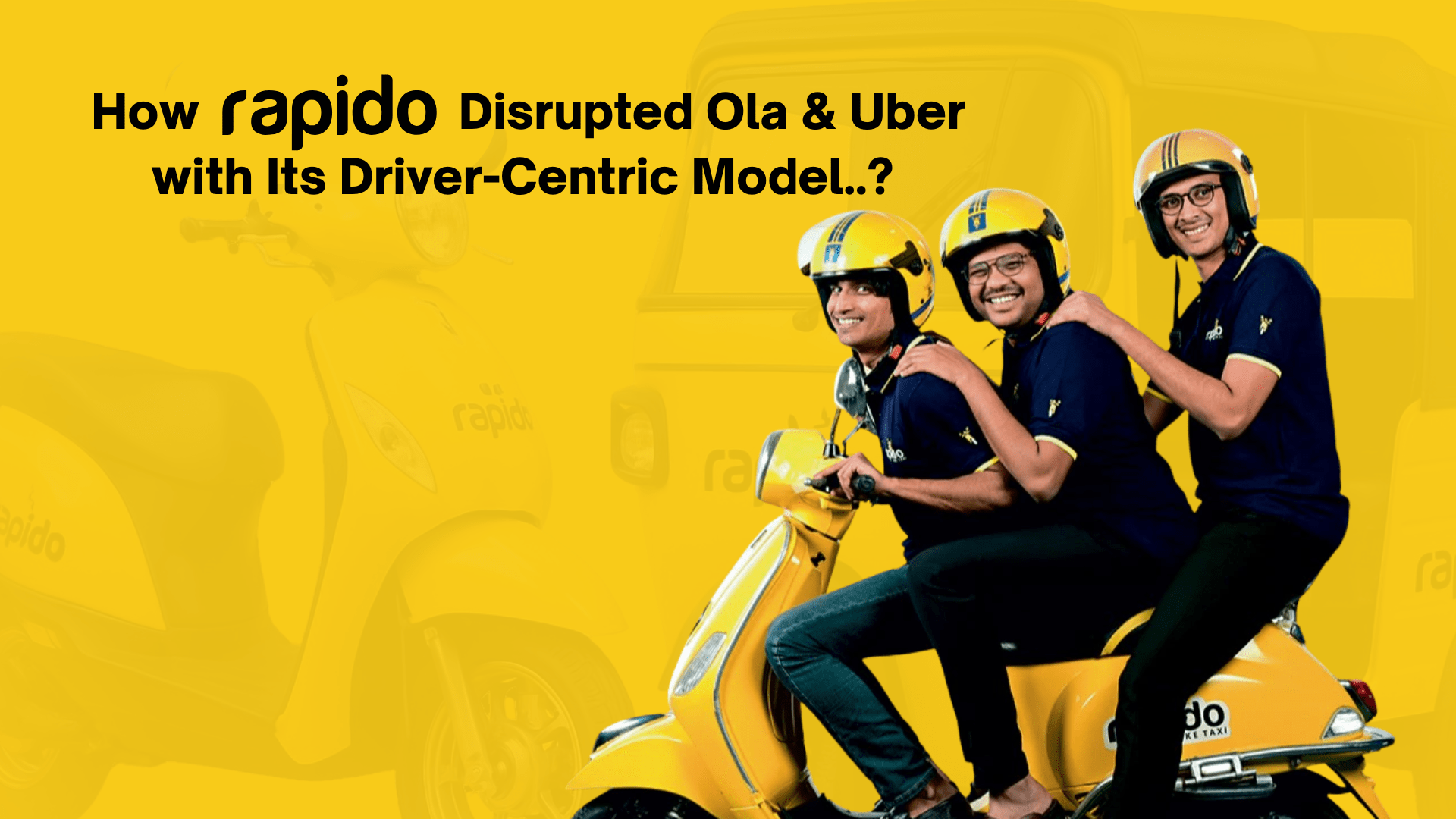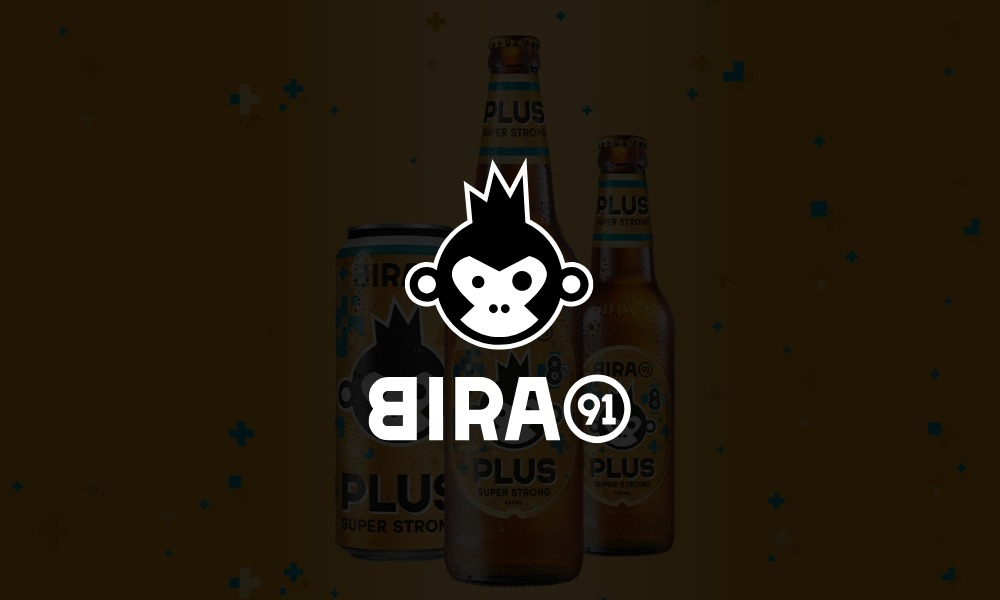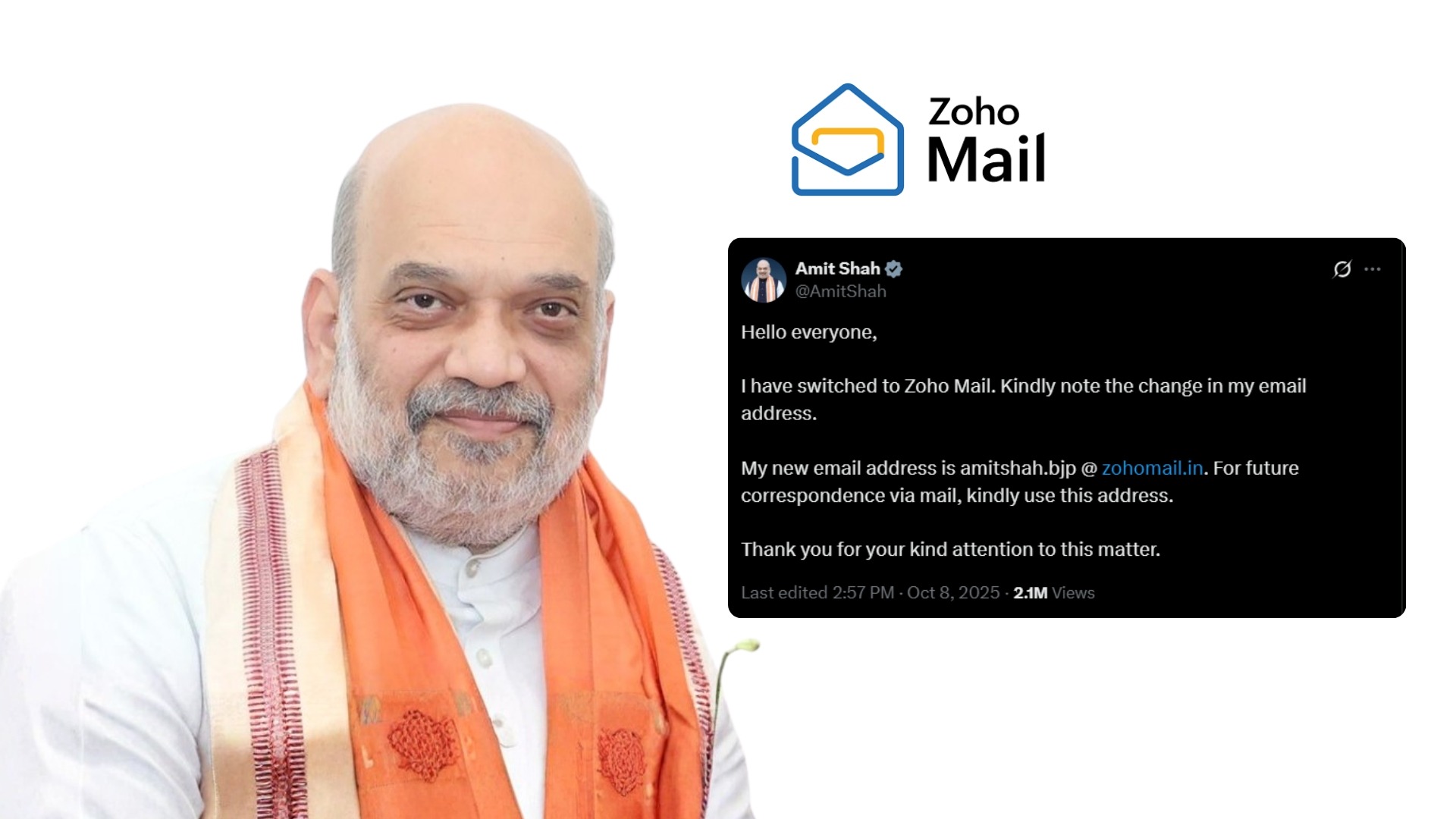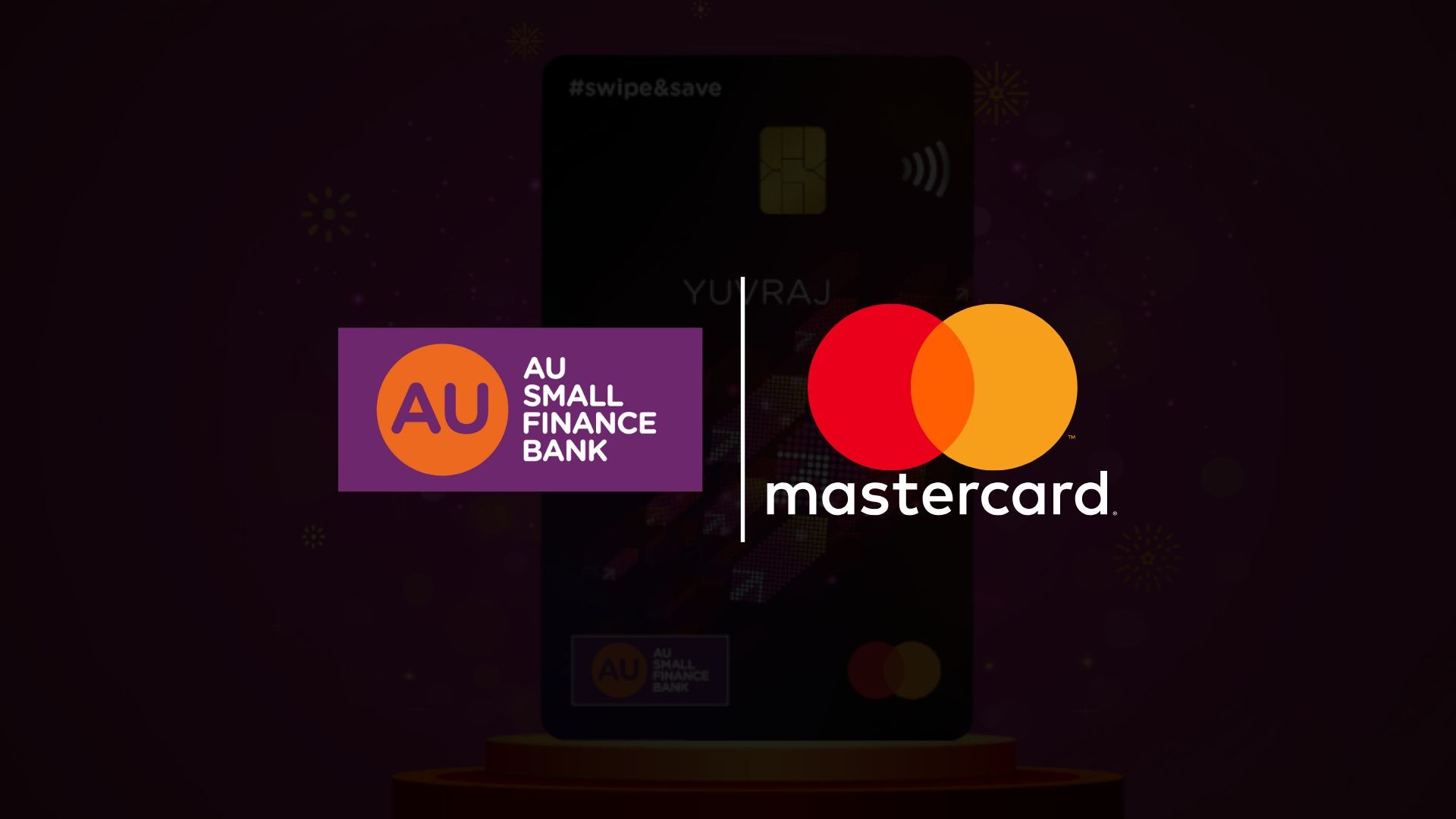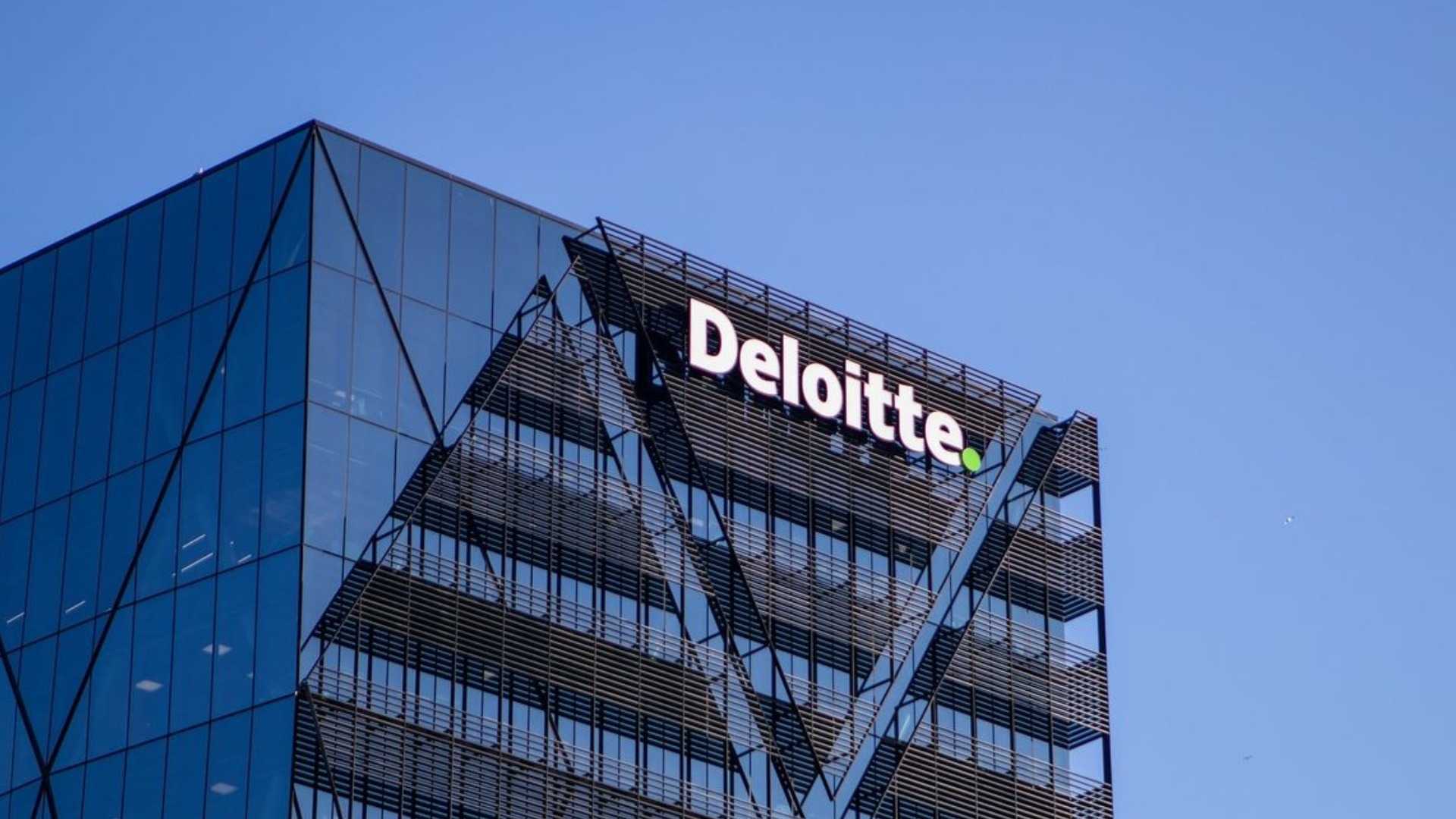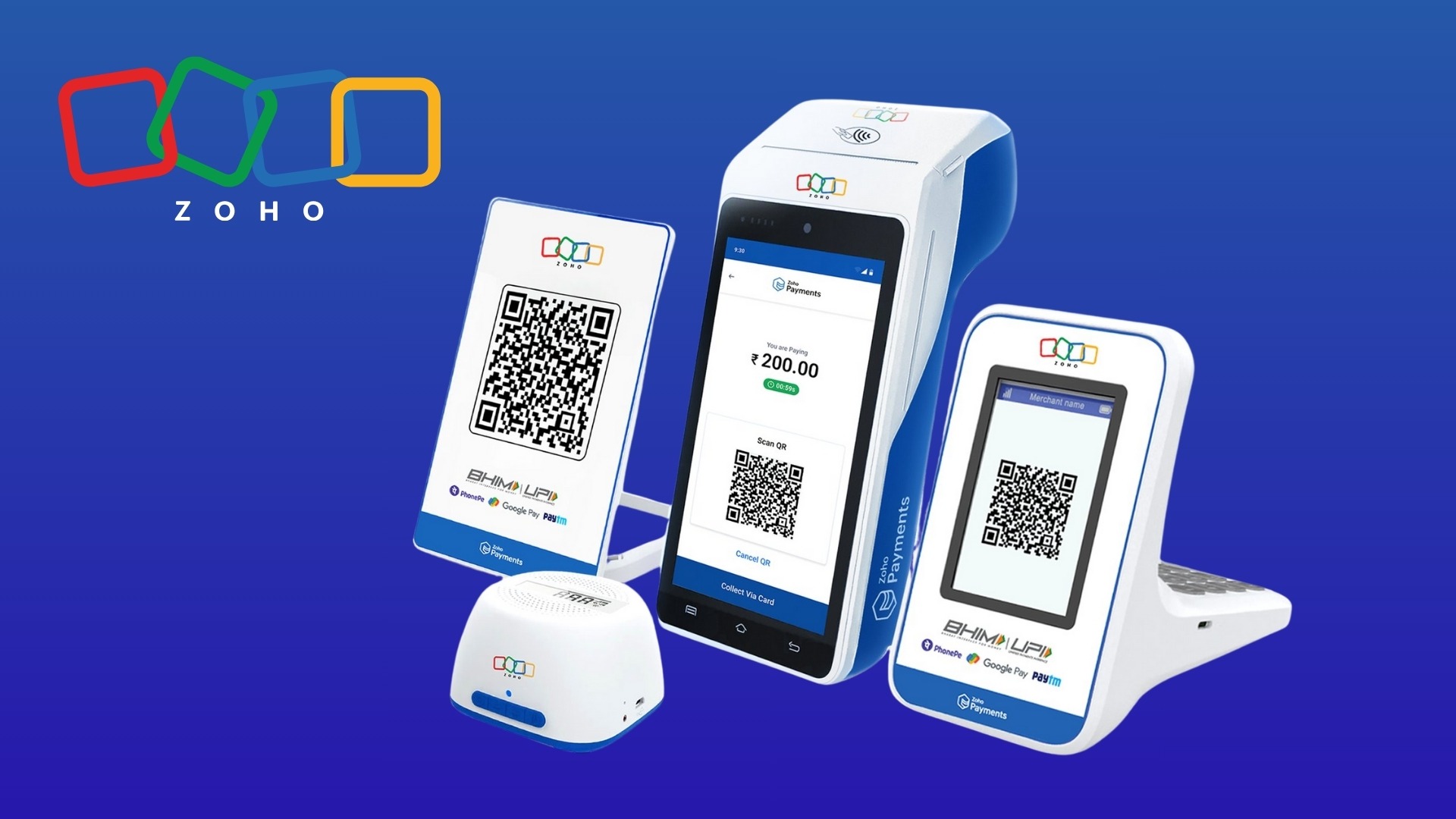Rapido is replacing Ola in the ride-hailing industry, and it is rewriting the Ola-Uber duo into the Rapido-Uber duo. During an interview that happened, the Uber CEO himself quoted this statement: “Rapido is emerging as the prime-rival” These statements sparked discussion in the startup ecosystem on how Rapido has grown this fast.
The early 2010s were defined by the Ola–Uber duopoly in India. Both companies had one clear mission: own the four-wheeler cab market. They fought brutal price wars, ran aggressive driver incentives, and expanded rapidly into every metro. Customers enjoyed dirt-cheap rides, drivers were attracted with bonuses, and investors poured money, and that’s how it was. Smaller entrants tried to enter, but they were crushed under the weight of the two giants. But amongst all these odds, how did Rapido manage to grow this fast in such a capital-intensive industry dominated by global giants? Well, let’s look at some numbers to understand it better.
Rapido’s dominance in the Indian ride-hailing market is clearly reflected in its numbers. The company commands nearly 70% of the bike-taxi market, leaving Ola and Uber far behind, while also controlling around 40% of the auto-rickshaw segment, making it a strong rival in this space. In the four-wheeler category, Rapido has already captured about 22% market share and is aiming to cross 30% in the coming year, directly challenging Ola’s position. With an average of 4.3 million rides per day, Rapido is surpassing Ola in several key cities and continues to expand aggressively. Its user base has also surged to 31.8 million monthly active users, overtaking Ola’s 28.6 million and nearing Uber’s 33.6 million. Meaning it has clearly outpaced the competition and established itself as a dominant player.
But what worked well for Rapido? How it tackled the competition. When Rapido was founded in 2015 by Aravind Sanka, Pavan Guntupalli, and Rishikesh SR, the industry was already dominated by the Ola–Uber duopoly. Investors, customers, and even industry experts believed there was no room for a third player. But the Rapido founders spotted something the giants had overlooked, which is India’s short-distance commute problem. Millions of people in Indian cities struggled with the daily challenge of getting from home to office, college, or metro stations. For these 3–5 km rides, cabs were too expensive, and autos were often unreliable. The founders realized that two-wheelers could solve this problem because they were faster in traffic, cheaper to run, and already the most common mode of transport in India. This insight became the foundation of Rapido’s journey.
This focus on affordability set Rapido apart. Bike taxis quickly became the go-to choice for short travel across town, often costing less than half of what a cab ride would. So, that’s the push they got, which has given the traction it needed earlier. But this alone didn’t make it happen. One of the most overlooked truths of the ride-hailing industry is that demand is never really the problem; it’s supply. Customers will always open an app and try to book a ride, but the actual transaction depends on whether a driver accepts it or not. In this sense, the industry is not demand-driven but supply-controlled. And this is exactly where Rapido outsmarted its rivals.
- Understanding the Driver’s Psychology Ola and Uber initially built their business on the promise of high earnings. They onboarded thousands of drivers with attractive incentives but charged them commissions and fluctuating payouts. This left many drivers frustrated and often led to higher cancellations, longer wait times for customers, and declining trust in the platforms. Rapido, however, approached the problem differently. Instead of treating driving as a “full-time career” that needed inflated income promises, Rapido positioned itself as a side-income opportunity. Their earnings expectation was around ₹550–₹600 per day, according to various sources, which was modest but achievable. Drivers who joined knew exactly what to expect, which reduced friction, disappointment, and ultimately churn. This clarity in expectations-built trust, something that Ola and Uber struggled with.
- The Zero-Commission Strategy Perhaps the most disruptive decision Rapido made was to adopt a zero-commission model for auto-rickshaw drivers. Instead of cutting into the driver’s earnings, Rapido charges them a fixed daily subscription fee. This subtle but powerful change had three major effects: • Predictability for drivers: They know exactly how much they will take home. Drivers no longer feel the company is “taking a cut.” And it leads to higher loyalty and retention. Once a driver is comfortable with the fixed fee, they’re less likely to switch platforms. In contrast, Ola and Uber’s commission-based model often leaves drivers feeling exploited, especially during low-demand periods when earnings are already tight. This actually worked out so well for the company compared to the competition.
While Ola and Uber pursued aggressive incentive-driven models, Rapido’s driver-first, subscription-based strategy has allowed it to scale sustainably and capture significant market share. That’s how slowly and steadily the company has established itself in the duopoly market and dominated the industry. Let’s see how Ola and Uber will play the game to tackle their competition from Rapido.
